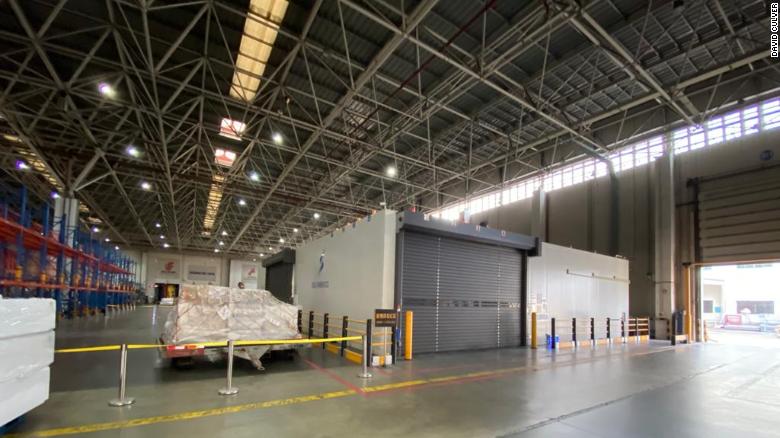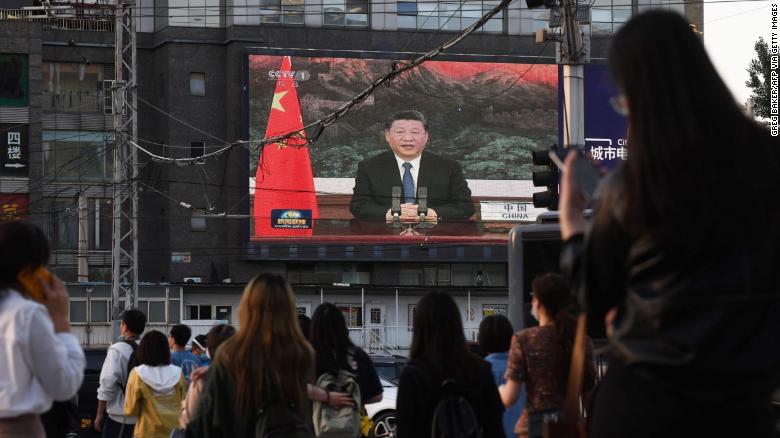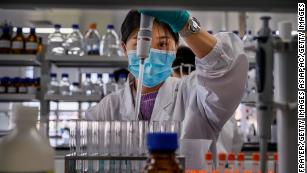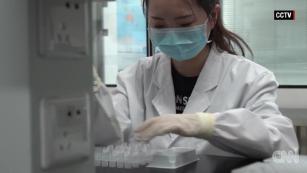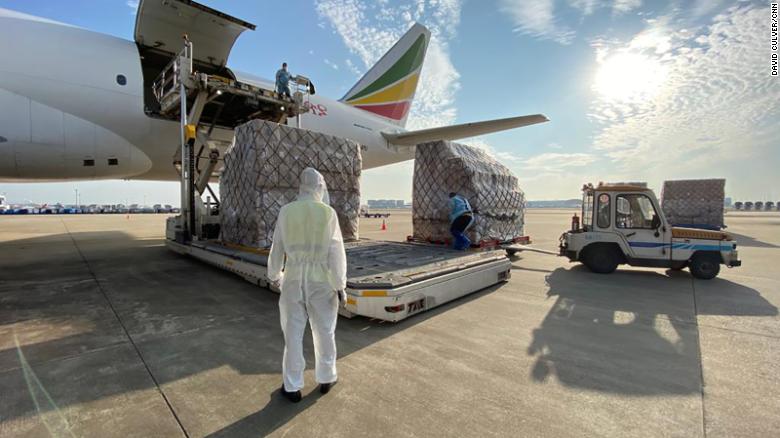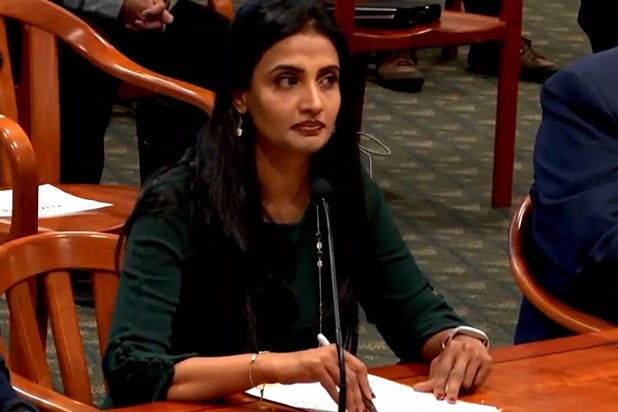BIG FRIGGEN DEAL
'Big Sky' producers recognize Native American criticism
DAVID E KELLEY
PRETENDS TO BE IGNORENT
PROVING HE IS

© Provided by The Canadian Press
LOS ANGELES — Native American tribes and advocates are condemning “Big Sky,” a Montana-set ABC drama, for ignoring the history of violence inflicted on Indigenous women and instead making whites the crime victims.

They also have assailed the network and the show's producers for failing to respond to their complaints, which they first made known in a Nov. 17 letter. On Tuesday, the makers of “Big Sky” broke their silence.
“After meaningful conversations with representatives of the Indigenous community, our eyes have been opened to the outsized number of Native American and Indigenous women who go missing and are murdered each year, a sad and shocking fact," the executive producers said in a statement to The Associated Press.
“We are grateful for this education and are working with Indigenous groups to help bring attention to this important issue,” according to the statement.
The producers include David E. Kelley ("Big Little Lies," “The Undoing”) and novelist C.J. Box, whose 2013 book “The Highway” was adapted for the series.
Created by Kelley, “Big Sky” stars Katheryn Winnick and Kylie Bunbury as private detectives searching for two white sisters on a road trip who go missing and turn out to be part of a pattern of abductions.
With a disproportionate number of American Indians among Montana’s missing and murdered girls and women, the fictional approach represents “at best, cultural insensitivity, and at worst, appropriation,” said the signers, including the Rocky Mountain Tribal Leaders Council that represents all of Montana’s tribal nations.
“I’m not at all surprised that they’re doing this because Hollywood’s been appropriating our trauma and our lived experience for years and years and years,” said Georgina Lightning, an actor and longtime activist. “And we’ve always cried about it. We’ve always called it out. But nobody ever cared. Nobody ever listened and nobody cared.”
In the November letter, ABC was asked to consider adding an on-screen message steering viewers to information about the entrenched peril facing Indigenous women in North America. They cited “Somebody's Daughter,” a documentary detailing the murdered and missing Indigenous women and girls crisis, as it's known to those fighting the scourge.
“This is such an easy fix for ABC to make,” the film's director, Rain, said in a statement. “Indigenous leaders are reaching out to ally and inform, to open a dialogue. They’re not asking for ‘Big Sky’ to be taken off the air,” he said, but instead be used to inform.
When no response was forthcoming, the coalition took its effort public and enlisted support from other tribal organizations, including Canada’s Union of British Columbia Indian Chiefs and the Great Plains Tribal Chairmen's Association.
“Two-thirds of this country doesn’t even know that Native Americans still exist," said Tom Rodgers, president of the Global Indigenous Council and a co-signer of the letter to ABC. “We thought, what a teachable moment.”
In response to the producers' statement, a skeptical Rodgers said Tuesday he hadn't heard from anyone connected with the show and called for further details, including which Indigenous partners were being consulted.
While more than 5,000 Indigenous women were reported missing in 2016 in the U.S., reporting by The Associated Press has shown the number is difficult to determine because some cases go unreported, others aren’t well-documented, and a comprehensive government database to track the cases is lacking.
Advocates, including some lawmakers representing Native Americans, also link the long-standing problem to inadequate resources, indifference and a jurisdictional maze. The rise of the #MeToo movement helped give the issue political heft, but Hollywood has lagged in paying heed.
While Lightning said she was “a little bit shocked” when she saw a Native American tragedy mirrored in a story but without Native American characters, her years working in Los Angeles meant she wasn’t surprised. Now living in Alberta, she’s in the Canadian miniseries “Trickster,” about a dysfunctional Native family.
“There's such resistance” to change in Hollywood, she said. "When you’re used to being one of the good old boys... there's no way they think they’re going to have to conform to the rest of society. It’s such an arrogance.”
Native Americans are used to being routinely ignored by American popular culture, registering barely a blip on TV as they're usually seen on only one or two shows, such as Paramount Network's “Yellowstone.” A University of California, Los Angeles, study released this year found that Indigenous actors were cast in six of 1,816 broadcast and cable series roles for the 2018-19 season.
But being slighted on the crucial issue raised by “Big Sky” is too bitter a pill to accept, said Rodgers, a Blackfeet Nation member whose Global Indigenous Council, an advocacy group for Indigenous peoples worldwide, helped organize the outreach to ABC.
“The one thing we won’t be anymore is ignored. We’re not going to be made invisible, we will not be erased," he said.
____
Lynn Elber can be reached at lelber@ap.org and is on Twitter at http://twitter.com/lynnelber.
___
This story has been corrected to use the accurate pronoun for filmmaker Rain.
Lynn Elber, The Associated Press
Created by Kelley, “Big Sky” stars Katheryn Winnick and Kylie Bunbury as private detectives searching for two white sisters on a road trip who go missing and turn out to be part of a pattern of abductions.
With a disproportionate number of American Indians among Montana’s missing and murdered girls and women, the fictional approach represents “at best, cultural insensitivity, and at worst, appropriation,” said the signers, including the Rocky Mountain Tribal Leaders Council that represents all of Montana’s tribal nations.
“I’m not at all surprised that they’re doing this because Hollywood’s been appropriating our trauma and our lived experience for years and years and years,” said Georgina Lightning, an actor and longtime activist. “And we’ve always cried about it. We’ve always called it out. But nobody ever cared. Nobody ever listened and nobody cared.”
In the November letter, ABC was asked to consider adding an on-screen message steering viewers to information about the entrenched peril facing Indigenous women in North America. They cited “Somebody's Daughter,” a documentary detailing the murdered and missing Indigenous women and girls crisis, as it's known to those fighting the scourge.
“This is such an easy fix for ABC to make,” the film's director, Rain, said in a statement. “Indigenous leaders are reaching out to ally and inform, to open a dialogue. They’re not asking for ‘Big Sky’ to be taken off the air,” he said, but instead be used to inform.
When no response was forthcoming, the coalition took its effort public and enlisted support from other tribal organizations, including Canada’s Union of British Columbia Indian Chiefs and the Great Plains Tribal Chairmen's Association.
“Two-thirds of this country doesn’t even know that Native Americans still exist," said Tom Rodgers, president of the Global Indigenous Council and a co-signer of the letter to ABC. “We thought, what a teachable moment.”
In response to the producers' statement, a skeptical Rodgers said Tuesday he hadn't heard from anyone connected with the show and called for further details, including which Indigenous partners were being consulted.
While more than 5,000 Indigenous women were reported missing in 2016 in the U.S., reporting by The Associated Press has shown the number is difficult to determine because some cases go unreported, others aren’t well-documented, and a comprehensive government database to track the cases is lacking.
Advocates, including some lawmakers representing Native Americans, also link the long-standing problem to inadequate resources, indifference and a jurisdictional maze. The rise of the #MeToo movement helped give the issue political heft, but Hollywood has lagged in paying heed.
While Lightning said she was “a little bit shocked” when she saw a Native American tragedy mirrored in a story but without Native American characters, her years working in Los Angeles meant she wasn’t surprised. Now living in Alberta, she’s in the Canadian miniseries “Trickster,” about a dysfunctional Native family.
“There's such resistance” to change in Hollywood, she said. "When you’re used to being one of the good old boys... there's no way they think they’re going to have to conform to the rest of society. It’s such an arrogance.”
Native Americans are used to being routinely ignored by American popular culture, registering barely a blip on TV as they're usually seen on only one or two shows, such as Paramount Network's “Yellowstone.” A University of California, Los Angeles, study released this year found that Indigenous actors were cast in six of 1,816 broadcast and cable series roles for the 2018-19 season.
But being slighted on the crucial issue raised by “Big Sky” is too bitter a pill to accept, said Rodgers, a Blackfeet Nation member whose Global Indigenous Council, an advocacy group for Indigenous peoples worldwide, helped organize the outreach to ABC.
“The one thing we won’t be anymore is ignored. We’re not going to be made invisible, we will not be erased," he said.
____
Lynn Elber can be reached at lelber@ap.org and is on Twitter at http://twitter.com/lynnelber.
___
This story has been corrected to use the accurate pronoun for filmmaker Rain.
Lynn Elber, The Associated Press








